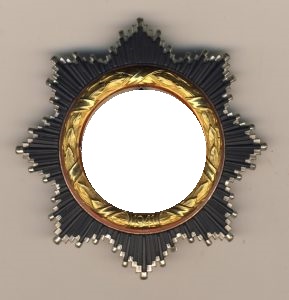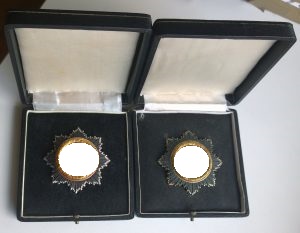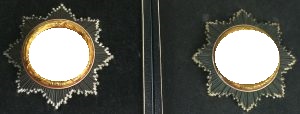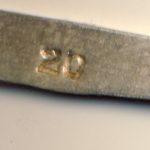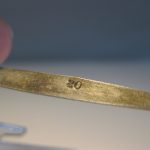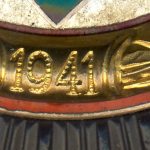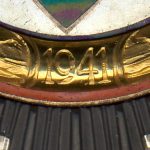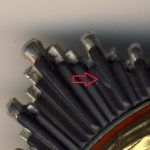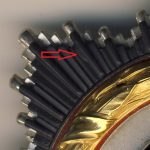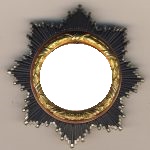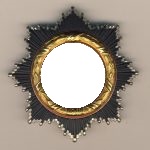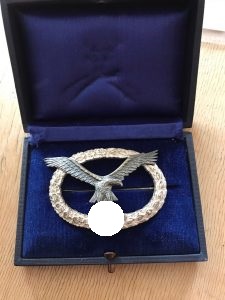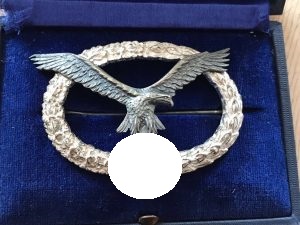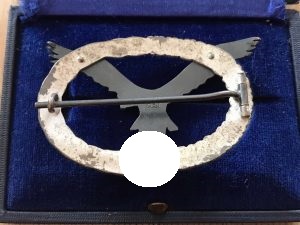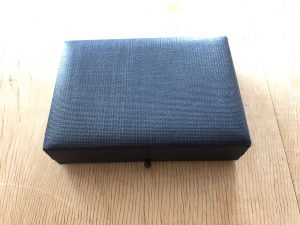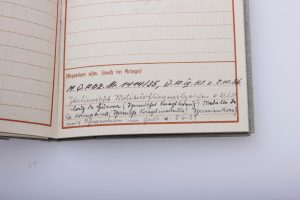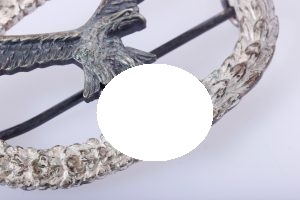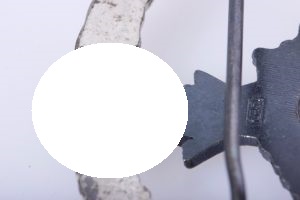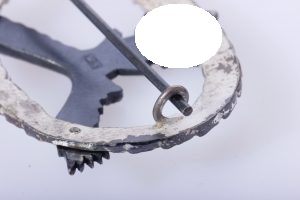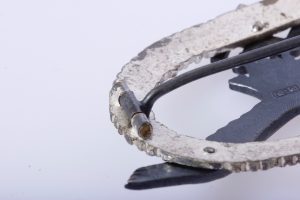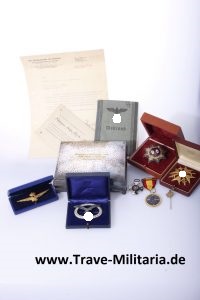Hi Friends, today I am very happy to present you an article which was written by a good friend who helped me to get this blog more intersting for you. Please enjoy !
Dear collectors
Today I would like to present another badge that is rarely seen: a bronze PAB „25“ made by the company of C.E. Juncker. Unlike the bronze PAB „25“ from JFS or from Gustav Brehmer which pop up from time to time only very few examples from Juncker are known to exist.
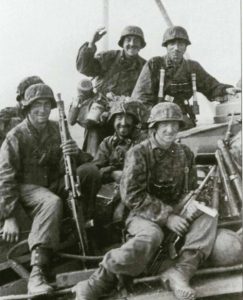
Numbered PABs were instituted on 22nd of June 1943 and Juncker examples – in contrast to their JFS and G.B. counterparts – are supposed to be the earliest awarded and actually worn pieces. At least this is what evidence shows based on groupings with documents.
Whereas numbered PABs in silver can be encountered quite often numbered bronze PABs are rare on their own. Why is this so?
If you look at the first grade – the PABs without numbers – the ratio beween existing examples in bronze and silver is roughly 1:1.
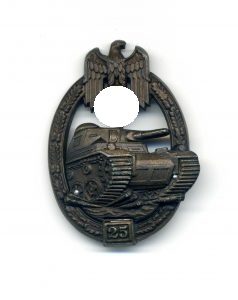
Now when it comes to the second grade (not to mention the third or even the fourth grade) the ratio changes considerably and is about 1:20 (estimated). This applies to single pieces. The ratio for PABs „25“ in groupings is more like 1:50.
The award criteria for a numbered PAB in bronze bring up the answer.
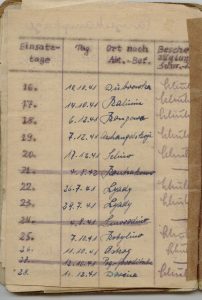
The exact regulations were not really dealt with in the literature up to now and on top of that there were several changes to them over the course of time. Thus it is not possible to provide any really precise information but generally speaking there were the following units that were eligible for awarding bronze PABs:
- Aufklärungs-Abteilungen
- Schützen-Regimenter
- Panzergrenadier-Regimenter
- Panzerspäh-Einheiten
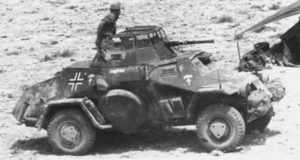
The first grade was won after taking part in at least three assaults on three different(!) days. For a second grade PAB a soldier had to take part in a minimum of 25 assaults on 25 different days. The day the crediting began was the 1st of July 1943. There were exceptions for those who were killed or got severely wounded and thus would not have a chance any more to take part in further combat. The required minimum for a second grade was 18 days in this case.
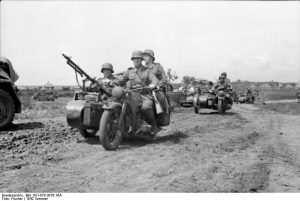
Furthermore a certain amount of days could be credited generally for those who served in Russia or in Africa without interruption – depending on the length of time:
- 10 days for 8 months of service
- 15 days for 12 months of service
- 25 days for 15 months of service
(cf. Klietmann 1991)
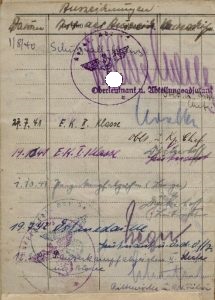
Unlike in panzer-units the soldiers in the units mentioned above had practically no real protection when engaged in combat. There were quite many guys serving in these units but it was a serious business and only very few were granted to fulfil the criteria for a higher grade…
Now back to the badge starting this thread:
It shows only slight traces of wear – the bronze finish is preserved extremely well and only the high points expose the base metal: zinc. All the typical production related traits are present that can be encountered on almost any other Juncker made award. The details are well pronounced and aesthetically pleasing. The whole badge has a certain depth which makes it look more substantial than any JFS or G.B made PAB.

When it comes to numbered Juncker badges there is also a certain variety among them. In this case the number shield is magnetic (it can be encountered unmagnetic as well) and soldered into the little box. Earliest examples feature a hole in this box intended for the number shield to be riveted rather than soldered. Apparently this idea was soon overruled.
The rivets which hold the tank in its place are made of aluminium and penetrating which means that they can be seen from both sides: obverse and reverse. They are correct in form and size.
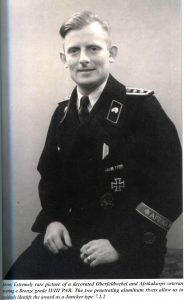
The catch is made of round wire fixed to a round base plate whereas other examples may feature a flat wire catch. Everything is textbook (cf. De Bock 2009).
I bought this particular piece from a dealer at the show in Ulm last year. This is the only thing about it that I know for sure. What I don‘t know: who was the man who earned it? What happened to him? If it only could speak…





Bibliography:
De Bock, Philippe: The German Panzer Assault Badge of World War II, Pap Jay Publishing (Belgium) 2009
Klietmann, Kurt.-G.: Auszeichnungen des Deutschen Reiches 1936-1945, 6th ed., Stuttgart 1991
Big Thanks to collector friends who helped out with pictures and documentation but they like to stay in the shadow, what I understand !
Subscribe for more 😉
Best
Sascha
